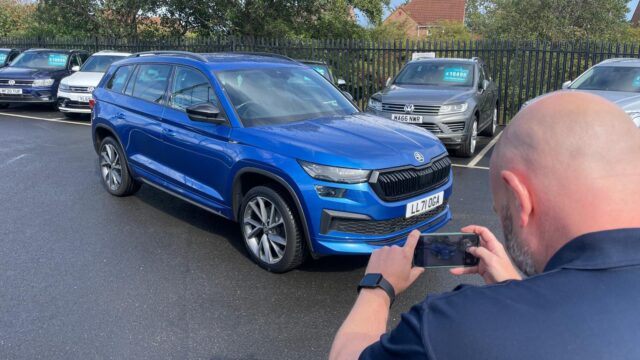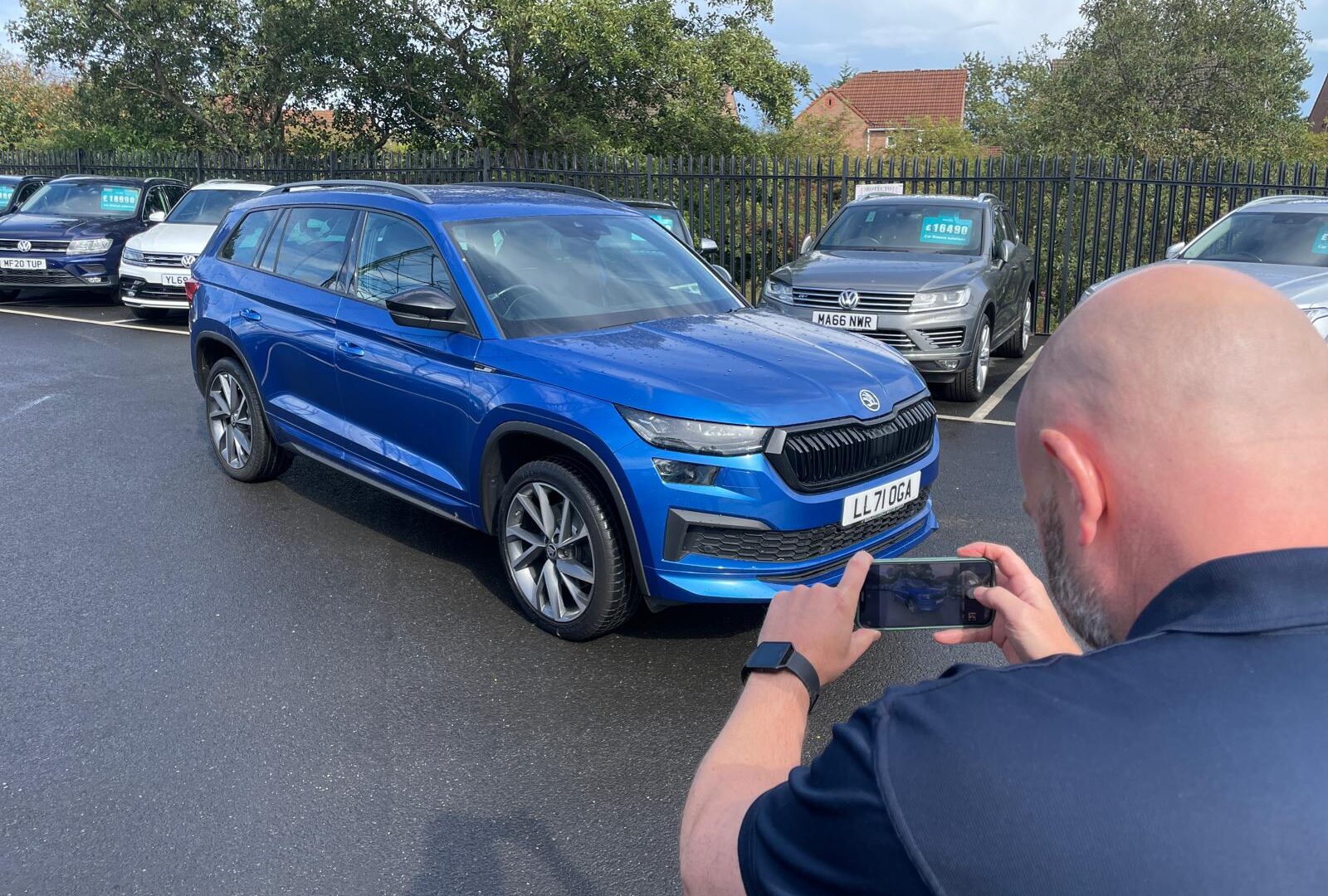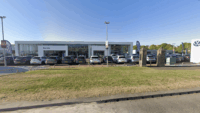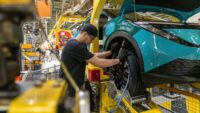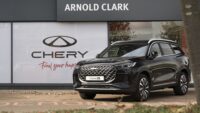For most dealers, part exchanges are more than just a by-product of retail sales, they are a steady source of stock and margin.
Yet in a competitive wholesale market, the way you present those vehicles can have a big impact on the price they achieve. The dealers getting the best results know one simple truth: even when selling trade-to-trade, it pays to treat part exchanges with the same level of care and presentation you would give to a retail car.
That means accurate pricing, detailed descriptions, quality photographs, and clear documentation of vehicle history. Small improvements in these areas can be the difference between a quick, profitable sale and a car sitting idle, losing value every day.
Drawing on the experience of Dealerway’s in-house specialists, here are the four key areas to focus on when listing part exchanges for maximum return.
1. Pricing – be competitive but realistic
Price is often the first filter buyers use, and getting it wrong can cost you either in lost bids or lost margin.
- Use real market data: Look at similar vehicles in the wholesale and retail market, factoring in condition, mileage, and specification.
- Avoid unrealistic reserves: Setting the bar too high can discourage bidding entirely, while a sensible, data-backed reserve encourages early activity and competitive offers.
- Factor in fees: On platforms such as Dealerway, there are no selling fees and listings are free, meaning you can set a competitive reserve without worrying about losing margin in commission.
- Consider market demand: Seasonal trends still apply, SUVs may move faster ahead of winter, while convertibles can peak in spring.
- Encourage early momentum: Dealerway data shows listings often receive more bids when the reserve is met early, as dealers know the car will sell. This competitive environment can push the final price higher than initially expected.
Scott Sibley from Dealerway said: ‘It’s about ambition tempered with realism. The sweet spot is a price that encourages multiple bidders but still leaves you with a healthy profit.’
2. Descriptions – honesty builds trust
Your description is the voice of the vehicle. Buyers are often willing to accept minor issues, but failing to disclose them can quickly undermine trust.
- Include the full specification: Mention any desirable features, from sat-nav and heated seats to upgraded alloys. Do not assume a buyer will know the trim level’s details.
- Tyre depths and condition: List tread measurements for each tyre, noting any recent replacements. This signals transparency and reduces a buyer’s mental ‘risk deduction’.
- Accurate bodywork notes: Highlight damage, scuffs, stone chips, and any corrosion. Including imperfections in advance avoids disputes and builds credibility.
- Mechanical honesty: Note any known faults or advisories. Being upfront can still attract buyers who specialise in refurbishment, and you will earn their trust for future listings.
On Dealerway, each sale is reviewed to ensure descriptions are honest and accurate, helping to build a transparent marketplace where trusted sellers benefit from repeat business.
In the trade, word travels quickly, and consistent accuracy in your listings not only helps sell the car in front of you but also makes the next sale easier.
3. Photos – show the full story
Photos are often the difference between a listing that gets clicks and one that gets overlooked.
- Quantity matters: A decent set should include front, rear, both sides, interior, boot, engine bay, and close-ups of wheels.
- Highlight positives: If the car has a panoramic roof, leather, or a rare specification, make sure it is shown clearly.
- Show the negatives too: Counterintuitive as it sounds, photographing damage rather than hiding it reassures buyers they are getting the full picture.
- Good lighting and framing: Shoot in daylight where possible, avoiding heavy shadows or glare. A clean background helps the car stand out.
Dealerway makes it easy to upload multiple images quickly with drag-and-drop tools, meaning presentation does not have to be a time-consuming task.
4. Vehicle History – the paperwork that pays
A strong, well-documented history can push a vehicle higher up a buyer’s shortlist and their budget.
- Service records: State when and at what mileage each service was carried out, and whether it was completed by a franchised dealer or independent garage.
- Highlight major work: Timing belt or wet belt replacement, clutch changes, or major engine repairs are often high-ticket items for buyers. Evidence of recent work can add significant value.
- MOT history: Dealerway automatically displays the MOT expiry date and any recorded advisories, but it is best to also advise buyers if any of those advisories have since been completed. This adds reassurance and can make a significant difference to perceived value.
- Organise documentation: Keep V5C, service book, invoices, and receipts together so they can be shown promptly if requested.
Sibley adds: ‘Buyers are always calculating risk. A vehicle with a clear, well-documented history reduces uncertainty, and that is worth money.’
When it comes to part exchanges, success is not down to one magic trick, it is about consistency. Pricing with a clear strategy, writing transparent descriptions, taking honest and high-quality photos, and presenting a full vehicle history are all part of the process.
Do them well, and you will not only secure stronger prices but also build a reputation that attracts repeat buyers.
With platforms like Dealerway removing listing costs and selling fees, there is every reason to make each listing your best.
In the trade, trust and presentation go hand in hand, and both are built one well-prepared part exchange at a time. Even when selling trade-to-trade, applying retail-level presentation standards helps maximise interest, attract more bids, and ultimately achieve better results.
Sign up to Dealerway today to get listing your part exchanges free of charge.



